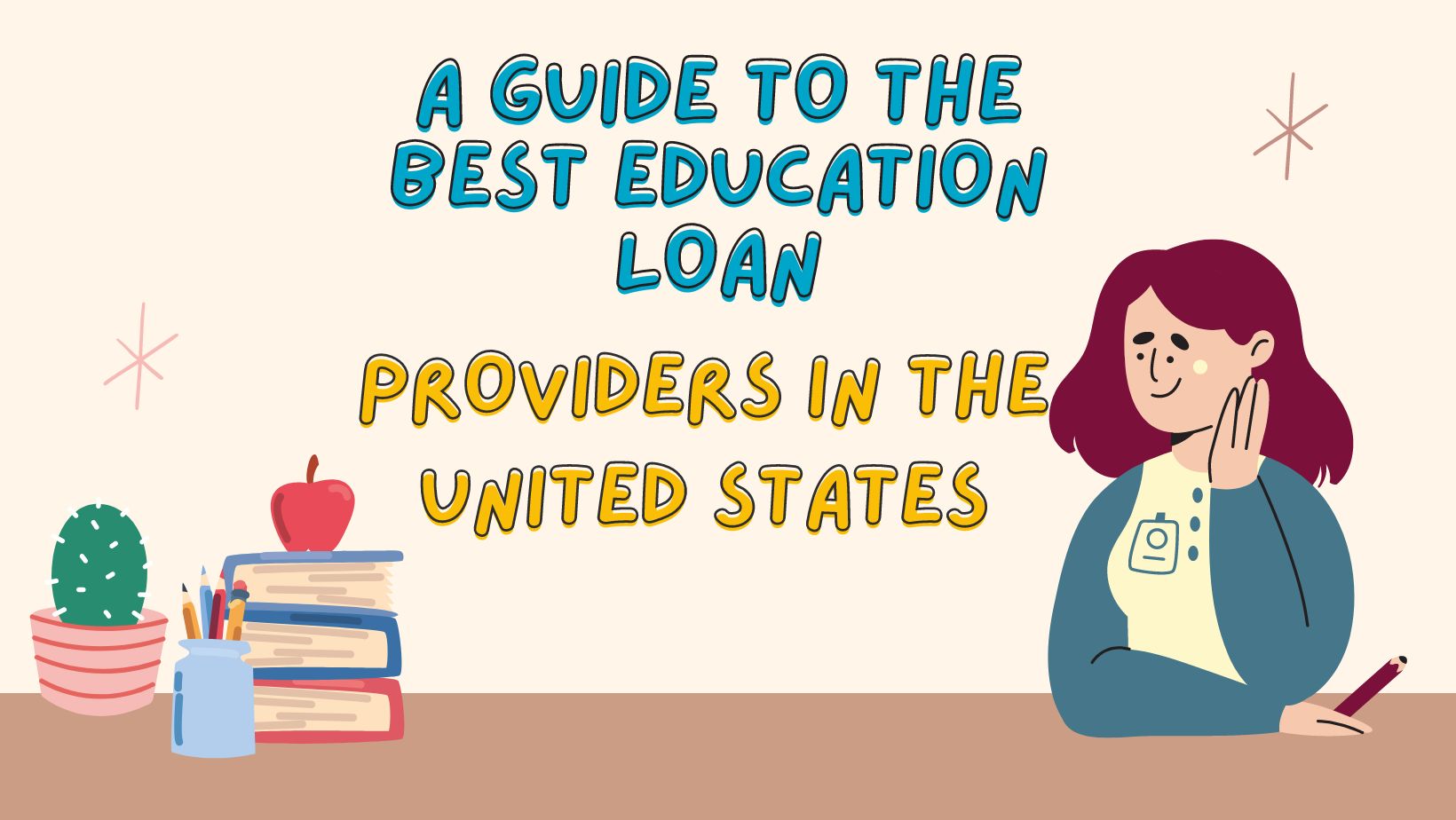The Ins and Outs of Student Loans for Living Expenses in the USA
Student loans serve as a crucial lifeline for many college students in the United States, covering not only tuition but also essential living expenses. In this article, we’ll explore the ins and outs of student loans for living expenses in the USA, providing a comprehensive guide to help students make informed decisions about their financial futures.
1. Understanding the Basics of Student Loans
Student loans are financial aid that must be repaid with interest, unlike grants or scholarships. These loans are typically offered by the federal government, private lenders, or educational institutions to help students cover the costs of attending college, including tuition, fees, books, and living expenses.
2. Types of Student Loans for Living Expenses
Federal Student Loans: The U.S. Department of Education offers various federal student loan programs, including Direct Subsidized Loans, Direct Unsubsidized Loans, and Direct PLUS Loans. These loans are available to eligible undergraduate and graduate students and offer fixed interest rates and flexible repayment options.
Private Student Loans: Private student loans are offered by banks, credit unions, and other financial institutions. Unlike federal loans, private loans typically require a credit check and may have higher interest rates. However, they can be used to cover living expenses not covered by other forms of financial aid.
3. Determining Living Expenses
When applying for student loans, it’s essential to calculate your living expenses accurately. This includes housing, food, transportation, utilities, and other miscellaneous costs. Consider factors such as location, lifestyle, and personal preferences to estimate your monthly living expenses realistically.
4. Budgeting and Financial Planning
Once you’ve determined your living expenses, create a budget to manage your finances effectively. Allocate funds for essential expenses such as rent and groceries while setting aside money for savings and emergencies. Avoid unnecessary expenses and prioritize your financial well-being throughout your college journey.
5. Applying for Student Loans
When applying for student loans, complete the Free Application for Federal Student Aid (FAFSA) to determine your eligibility for federal financial aid, including grants, scholarships, and loans. Additionally, research and compare private student loan options from different lenders to find the best terms and interest rates.
6. Understanding Loan Repayment
After graduation, you’ll be responsible for repaying your student loans, including both the principal amount borrowed and any accrued interest. Federal student loans offer various repayment plans, including standard repayment, income-driven repayment, and extended repayment options. Private student loans may have different repayment terms, so be sure to review the terms and conditions carefully.
7. Managing Loan Debt Responsibly
To manage your student loan debt responsibly, borrow only what you need and explore alternative sources of funding such as scholarships, grants, and part-time employment. Be proactive in your financial planning and seek guidance from financial aid advisors or student loan counselors if you’re struggling to make payments.
Student loans for living expenses play a vital role in helping students pursue higher education and achieve their academic goals. By understanding the different types of student loans available, accurately calculating living expenses, budgeting effectively, and managing loan debt responsibly, students can empower themselves to navigate the complexities of student loans and achieve financial independence after graduation. With careful planning and informed decision-making, students can embark on their college journey with confidence and peace of mind.









